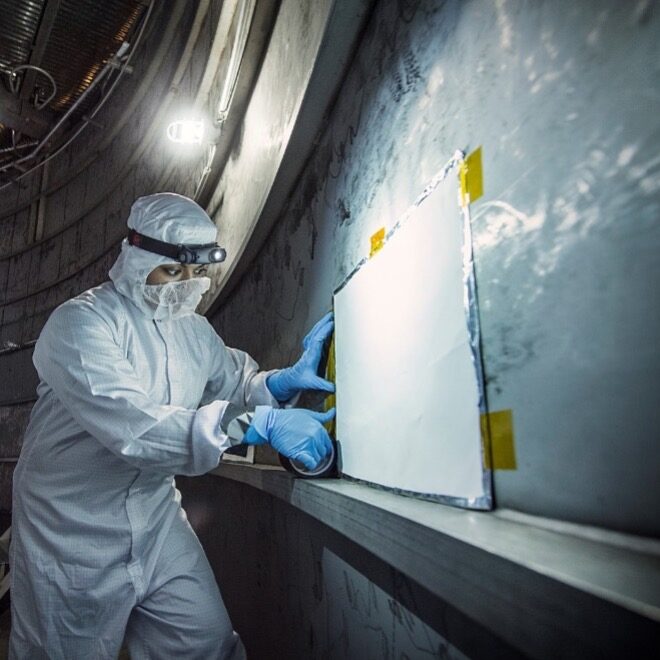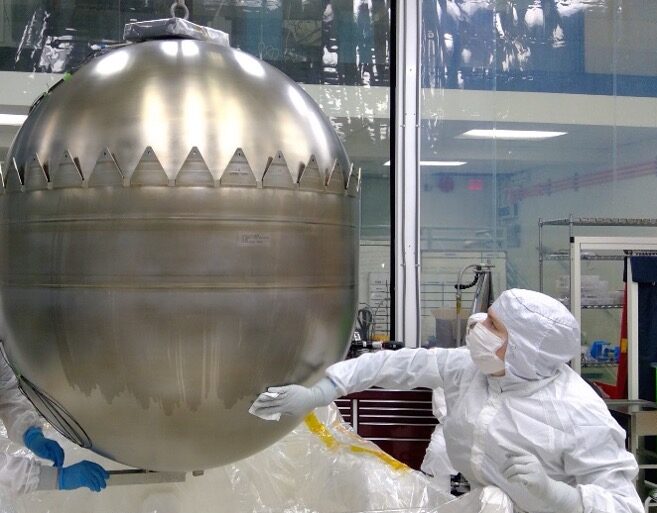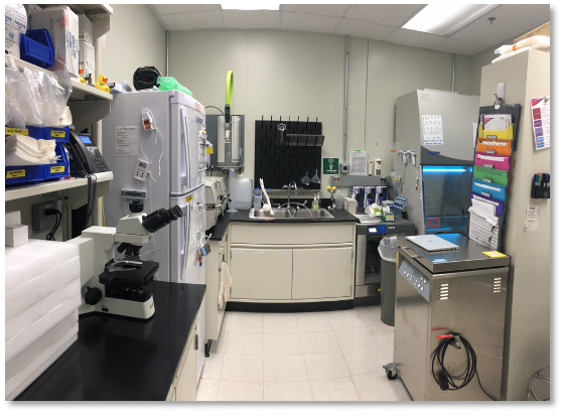Contamination and Coatings Engineering

Advancing Thermal Protection and Planetary Safeguards for Space Missions
Contamination and Coatings Engineering is interwoven into the fabric of support for every mission to provide the technology and support needed to meet the cleanliness, thermal coatings, and planetary protection requirements of spacecraft and instruments, from conceptual design to mission end-of-life and return of hardware and samples. This includes the development of cleanliness requirements, analytical support for molecular mass transport, plume, venting, and particulate redistribution, evaluation of outgassing using source and receiver temperatures, molecular adsorber coating for outgassing mitigation, implementation of cleanliness and planetary protection programs for instruments and spacecraft during all project phases, tailored thermal coating spray and thin film deposition, evaluation of environmental impacts on coating and optical surfaces, planetary protection program development, and conducting research and development programs directed toward advancing the state-of-the-art in our discipline areas. Our organization partners with NASA Centers, international space agencies, academia, and outside organizations in flight experiment and new technology ventures to advance our understanding of contamination, thermal coatings, and planetary protection to serve our mission more effectively. We have contributed to Agency/Center level development of contamination/thermal coatings/planetary protection related standards and advanced our knowledge through our in-house workshop that is attended by an international audience every two years since the mid-1990s. The Branch also provides technical oversight, evaluation, and consultation to flight projects, instrument developers, design review teams, anomaly review boards, technical evaluation panels, and source evaluation boards.

Contamination & Coatings Engineering teams maintain specialized laboratories for flight verification of thermal coating property measurements and environmental characterization effects (B7/R012), thermal coating spray applications and thin film development (B4/R195), molecular kinetics/ASTM E1559 (B4/R193), molecular adsorbers (B4/R195), image analysis and tape lift sampling for particles for flight verification of contamination requirements, CO2 “snow” cleaning (B7/R007), and the planetary protection laboratory used to conduct assay sampling for bioburden samples for flight verification of planetary missions(B30/R148). In our environmental characterization effects laboratory are NASA unique chambers dedicated to low energy electron and proton Solar Wind radiation and electrostatic discharge chambers. These facilities are aimed at understanding degradation effects on thermal coatings. For thin films, GSFC applies a unique composite coating using aluminum or silver ideally suitable for solar applications. Additionally, we provide tailorable thin film applications for thermal engineering designs. Spray applications of thermal coatings include, a NASA unique conductive thermal coating using a silicate (Z93C55). Other thermal coating applications include urethanes (Z306/Z307), Molecular Adsorber Coating (MAC), and silicones.

Partnering includes providing spray thermal coating support to the GATEWAY/HALO project as part of a cooperative partnership effort with Johnson Space Center. The work involves applying our unique conductive silicate Z93 C55 on 24 radiator surface, as well as the development of an add-on top layer to decrease the degradation seen in the silicate coatings from the radiation environment experienced on the trip to lunar orbit.
Contamination & Coatings Engineering is managed by ETD’s Mechanical Systems Division (MSD). Contact MSD for more information.
